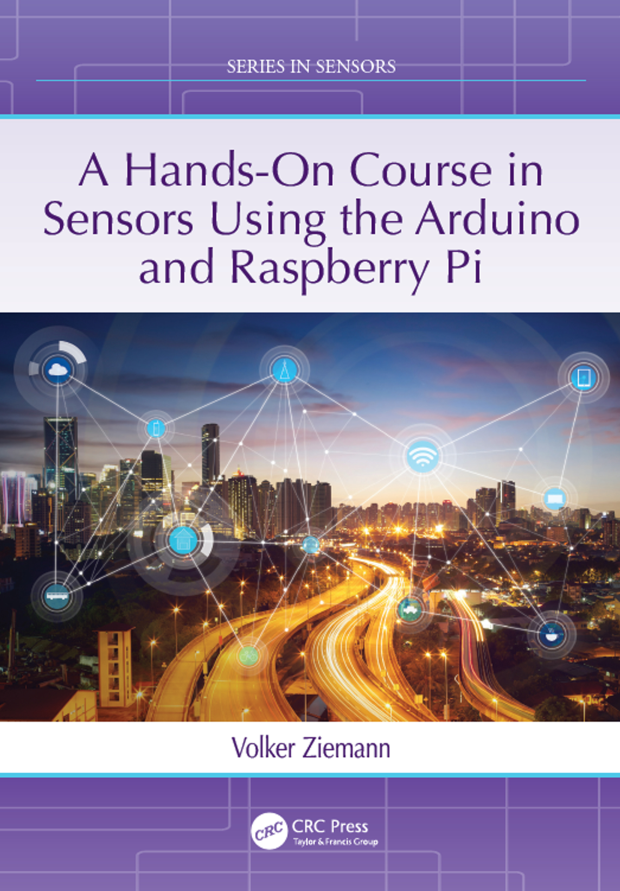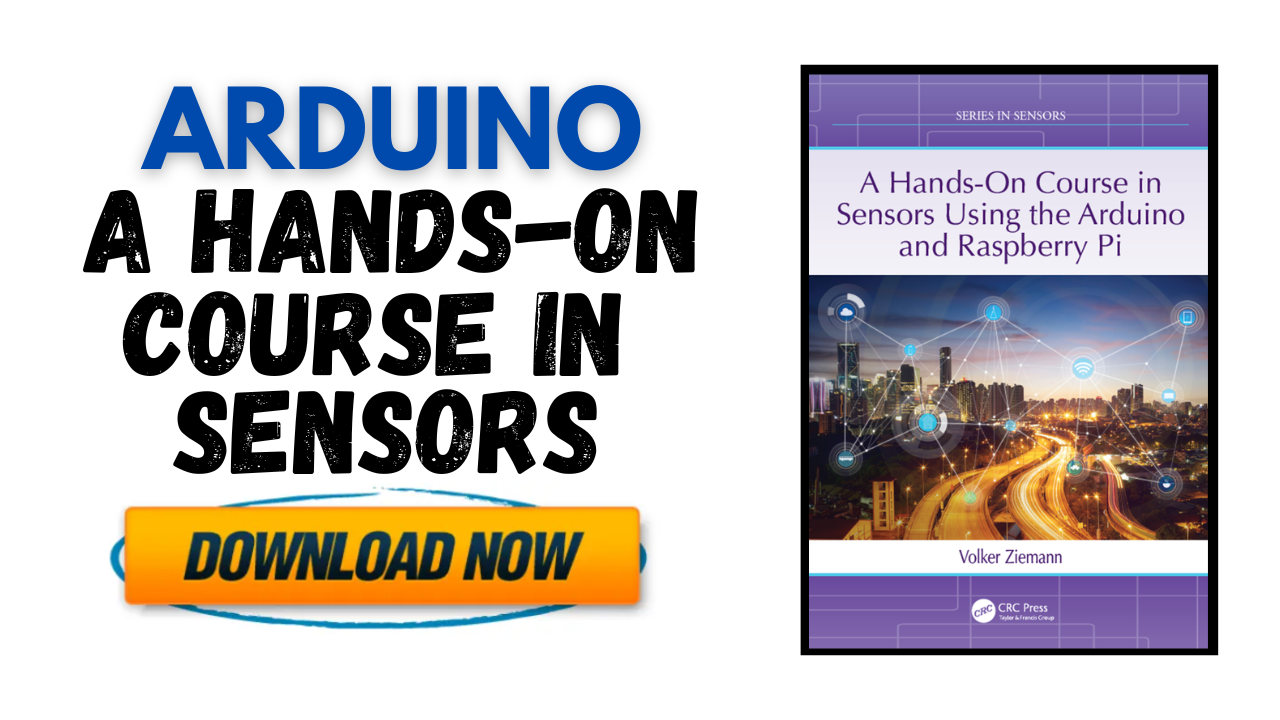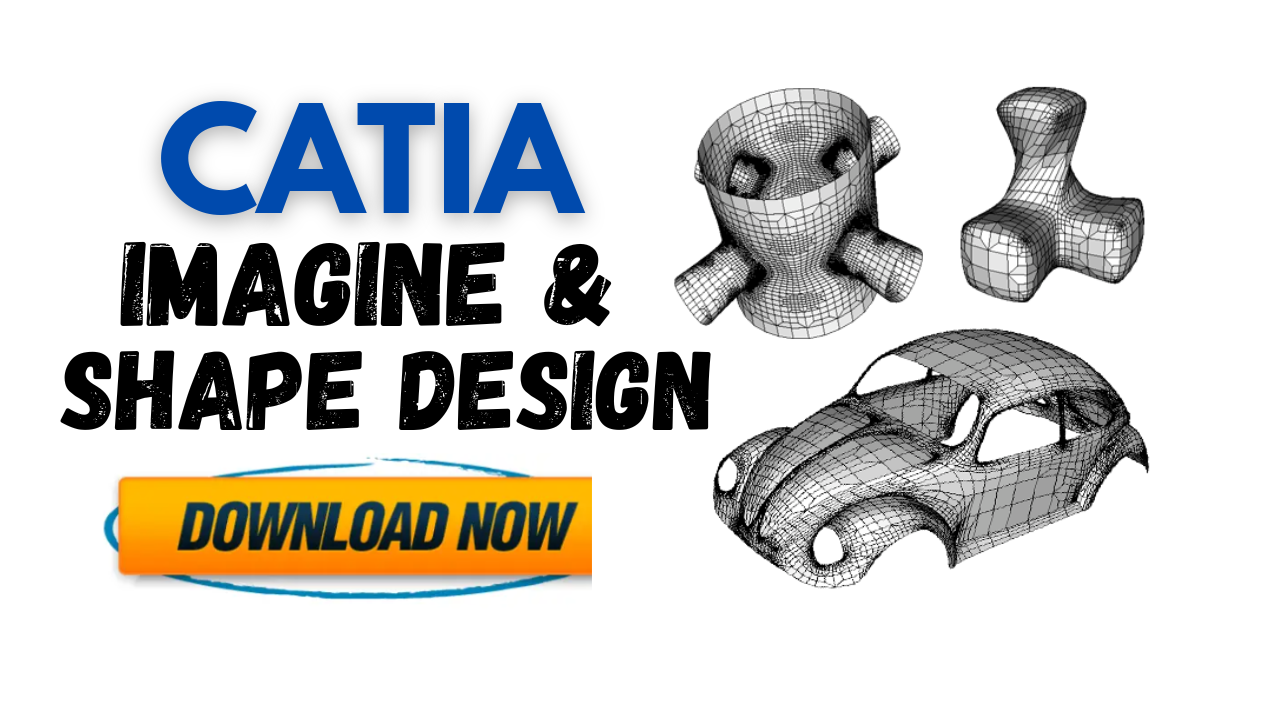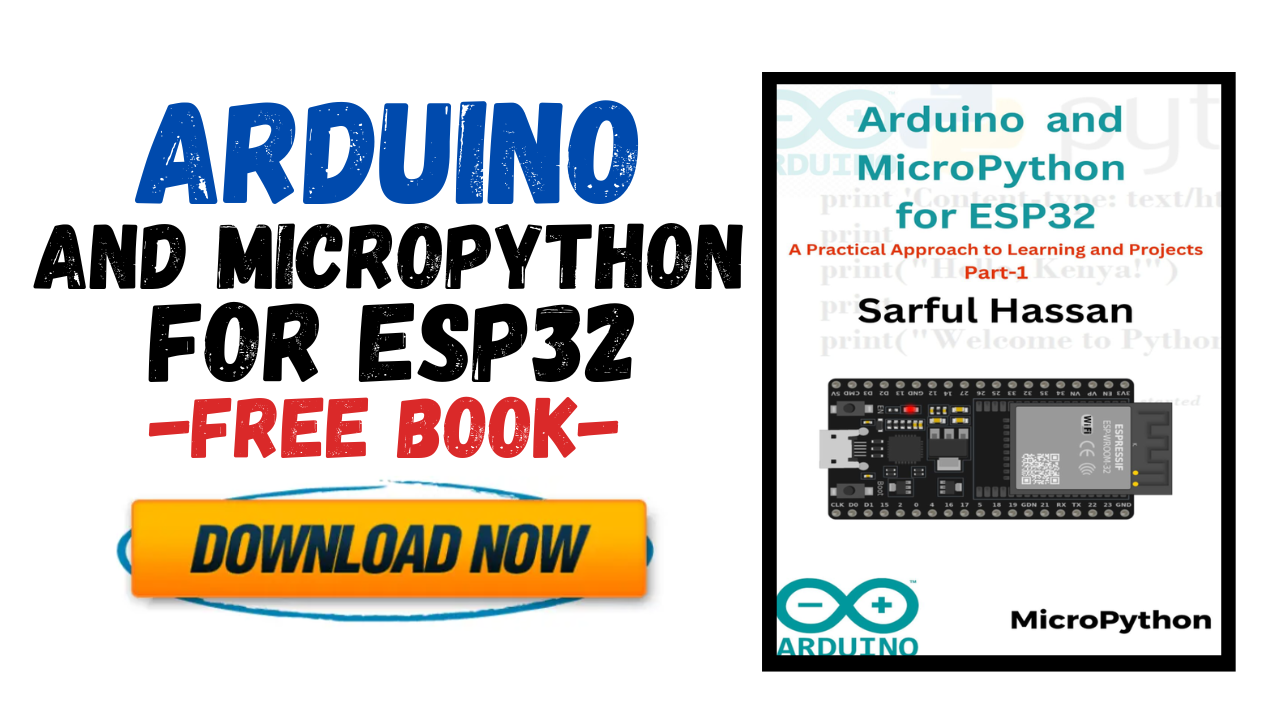Reading “A Hands-On Course in Sensors Using the Arduino and Raspberry Pi” is essential for anyone interested in mastering the practical side of electronics, embedded systems, and sensor integration. This book bridges the gap between theory and real-world application, giving readers the tools and confidence to build innovative sensor-based projects. Whether you are a student, hobbyist, or engineer, it provides a structured approach to understanding how sensors interact with microcontrollers and single-board computers.
One of the key strengths of this book is its hands-on learning style. Instead of overwhelming readers with complex technical theory, it guides you through practical experiments using affordable hardware like Arduino and Raspberry Pi. You learn by doing—connecting sensors, writing code, and analyzing data. This active approach helps solidify key concepts such as analog and digital signal processing, calibration, and data acquisition.

The book also emphasizes cross-platform integration. By using both Arduino and Raspberry Pi, you gain experience in microcontroller-level programming as well as higher-level computing and networking. This dual exposure is invaluable in today’s world, where IoT (Internet of Things) applications rely on the seamless collaboration of multiple systems.
Furthermore, the projects in this book foster creativity and problem-solving. Each chapter encourages you to experiment with different types of sensors—temperature, light, motion, humidity, and more—helping you understand how to collect and interpret real-world data.
Ultimately, reading this book empowers you to build smarter, more responsive electronic systems. It equips you with the foundational skills needed to design your own IoT devices, environmental monitors, or automation systems. If you want to turn theoretical knowledge into practical innovation, “A Hands-On Course in Sensors Using the Arduino and Raspberry Pi” is a must-read resource.




![[PDF] Drawing and Detailing with Solidworks - Free Book](https://www.youcanfindeverythinginthis.space/wp-content/uploads/2025/09/PDF-Drawing-and-Detailing-with-Solidworks-Free-Book.png)
![[Pdf] Price Action Trading Secrets — Trading Strategies](https://www.youcanfindeverythinginthis.space/wp-content/uploads/2025/09/Pdf-Price-Action-Trading-Secrets-—-Trading-Strategies.png)

![[PDF] CATIA Kinematics Tutorial - Free Book](https://www.youcanfindeverythinginthis.space/wp-content/uploads/2025/09/PDF-CATIA-Kinematics-Tutorial-Free-Book.png)